- No products in the cart.
Orlistat-quinacrine caps. 120mg 42 pieces
$24.52
Orlistat-quinacrine caps. 120mg 42 pieces
Description
Composition
Active substance:
1 capsule contains: Orlistat – 120,00 mg ;.
Excipients:
Microcrystalline cellulose, sodium carboxymethyl starch, colloidal anhydrous silica, sodium lauryl sulphate. capsule shell: hard gelatin capsule №1: gelatin, titanium dioxide (E171), indigo carmine (E132).
Description:
Hard gelatin capsules are blue. Capsule size №1. Contents of capsules white powder or lightly compressed agglomerates.
Product form:
Capsules 120 mg.
At 7 or 14 capsules per blister foil Al / PVC / PVDC. Blister 3 to 7, 14 capsules or blisters 6 to 14 capsules together with instructions for use in a cardboard box.
Contraindications
Increased sensitivity to orlistat or any of the excipients of the formulation; chronic malabsorption syndrome; cholestasis; pregnancy and lactation; Children up to age 12 years.
Carefully
Concomitant therapy with cyclosporine, warfarin or other oral anticoagulants.
Dosage
120 mg
Indications
Prolonged therapy of patients with obesity (BMI> 30 kg / m2), or overweight patients (BMI> 28 kg / m2) with associated risk factors are obesity, in conjunction with a hypocaloric diet moderately.
In combination with hypoglycemic drugs (metformin, sulfonylureas and / or insulin) and / or mildly hypocaloric diet for patients with type 2 diabetes are overweight or obese.
Interaction with other drugs
With simultaneous use of orlistat and cyclosporine may decrease the concentration of cyclosporine in the blood plasma, which could lead to reduced efficacy of immunosuppressive cyclosporin. Thus, the concomitant use of orlistat and cyclosporine is not recommended. However, if such a necessary concomitant use, it is recommended to conduct more frequent monitoring of cyclosporin plasma concentrations of both while applying it with orlistat, or after discontinuation of orlistat. The concentration of cyclosporine in the blood plasma should be controlled to stabilize it.
With simultaneous use of orlistat with amiodarone recommended clinical observation and ECG monitoring, since it is possible decrease the amiodarone concentration in blood plasma.
At the same time taking orlistat and warfarin or other anticoagulants may experience a decrease in the concentration of prothrombin time and INR increase, which leads to changes in hemostatic parameters. INR should be monitored indicators during concomitant therapy with warfarin or other oral anticoagulants.
Orlistat can reduce the absorption of fat-soluble vitamins A, D, E, K and beta-carotene. If multivitamin shown, they should be taken no earlier than after 2 hours after administration of orlistat or at bedtime.
Orlistat can reduce the absorption of antiepileptic drugs, which may lead to occurrence of seizures.
There are reports of a few cases, reducing the effectiveness of antiretroviral drugs for treating HIV, antidepressants, antipsychotics (including lithium) and benzodiazepines, which coincided with the start of treatment with orlistat in patients with previously achieved adequate control of the respective state. In these patients, treatment with orlistat should be initiated after careful evaluation of benefit / risk ratio.
In the absence of pharmacokinetic interaction studies, concomitant administration of orlistat and acarbose should be avoided.
Orlistat is able to indirectly reduce the effectiveness of oral contraceptives, which in some cases can lead to unintended pregnancy. It is recommended to use an additional method of contraception in case of severe diarrhea.
Together with the admission levothyroxine sodium, due to the reduced intake of inorganic iodine and / or sodium levothyroxine may develop hypothyroidism and / or reduced control of hypothyroidism.
There were no drug interactions c amitriptyline, atorvastatin, biguanides, digoxin, fibrates, fluoxetine, losartan, phenytoin, phentermine, pravastatin, nifedipine, sibutramine and ethanol.
Overdose
Overdose cases are not described.
In subjects with normal body weight and obesity reception of single (800 mg) and multiple doses of orlistat (400 mg of orlistat three times daily for 15 days) did not cause adverse effects. In addition, obese patients receiving orlistat 240 mg three times a day for 6 months, was not accompanied by an increase in the incidence of adverse reactions.
In case of significant overdose of orlistat recommended observation of the patient for 24 hours. According to preclinical and clinical studies, systemic effects associated with lipazingibiruyuschimi properties of orlistat should be rapidly reversible.
pharmachologic effect
Pharmacological group:
Lipase inhibitor of the gastrointestinal tract.
Pharmacodynamics:
Orlistat – a specific inhibitor of gastrointestinal lipases long-acting. It acts in the lumen of the stomach and small intestine by forming a covalent bond with the active serine site of gastric and pancreatic lipases. The inactivated enzyme is not able to cleave the food fats coming in the form of triglycerides, to absorbable free fatty acids and monoglycerides. Undigested triglycerides are not absorbed, due to the reduced intake of calories than the body, which leads to a reduction in body weight. The therapeutic effect of the drug is carried out without absorption into the systemic circulation. Increases concentration of fat in the feces 24-48 h after administration. It ensures effective control of body weight, reducing fat depot.
Efficiency
Patients with obesity
In clinical studies in patients taking orlistat, there was a large body weight loss as compared to the patients on diet therapy.
Weight loss began within the first 2 weeks after initiation of treatment and continued for 6 to 12 months even in patients with a negative response to diet therapy. Over 2 years, a statistically significant improvement in the profile of metabolic risk factors related to obesity. In addition, compared with placebo showed a significant decrease in body fat. Orlistat is effective in preventing re weight gain. Redial weight, not more than 25% of the lost was observed in about half of patients, and half of these patients redial not observed or observed even further decrease its weight.
Patients with obesity and diabetes of type II
In clinical studies, the duration of 6 months to 1 year, patients are overweight or obese, and type 2 diabetes mellitus, host orlistat, there was a large loss of body weight compared to patients treated with only diet therapy. Weight loss occurred mainly due to a decrease in body fat. It should be noted that prior to the study, despite taking hypoglycemic agents, patients often have insufficient glycemic control. However, during treatment with orlistat, a statistically and clinically significant improvement in glycemic control. In addition, the therapy doses of orlistat observed decrease hypoglycemic agents, insulin concentration and reduction of insulin resistance.
Reducing the risk of developing type 2 diabetes in obese patients
4 hletny In a clinical study it was shown that orlistat significantly reduces the risk of developing type 2 diabetes (by approximately 37% compared to placebo). The degree of risk reduction was even more significant in patients with initial impaired glucose tolerance (approximately 45%). In the group of treatment with orlistat was observed more significant weight loss compared to placebo. Maintaining body weight at a new level observed during the study period. Moreover, compared to placebo in patients treated with orlistat therapy showed a significant improvement in the profile of metabolic risk factors.
pubertal obesity
In a clinical study lasting 1 year in adolescents with obesity, while taking orlistat observed a decrease in body mass index compared with the placebo group, which was noted even increase in body mass index. In addition, patients orlistat group was a decrease in fat mass, as well as the waist and hips as compared to placebo. Also in patients treated with orlistat, a significant reduction in diastolic blood pressure compared to placebo.
Pharmacokinetics:
Suction
Absorption – low. After 8 hours after the ingestion of therapeutic doses of unmodified orlistat plasma practically determined (concentration
Distribution
The volume of distribution can not be installed because orlistat is practically not absorbed and does not have the system installed pharmacokinetics. Orlistat is more than 99% protein bound in vitro blood plasma (mainly with lipoproteins and albumin). Orlistat in minimum quantities may penetrate into erythrocytes.
Metabolism
Metabolism orlistat is performed mainly in the intestinal wall to form pharmacologically inactive metabolites: M1 (four membered lactone ring hydrolysed) and M3 (M1 cleaved residue N-formilleytsina).
breeding
The main route of elimination is the excretion through the intestine – about 97% of the dose, 83% of them in the form of unchanged orlistat. Total renal excretion of metabolites of orlistat
Pharmacokinetics in special clinical situations
Plasma concentrations of orlistat and its metabolites (M1 and M3) in children do not differ from those of adults when compared to the same doses. The daily excretion of fat in the feces was 27% of the dietary intake during treatment with orlistat and 7% for placebo.
Pregnancy and breast-feeding
Preclinical studies have not revealed teratogenic and embryotoxic effects of orlistat. However, due to the lack of clinical data on the use in pregnant women, orlistat is contraindicated during pregnancy.
Since it is not known whether orlistat passes into breast milk, it is contraindicated during breast-feeding.
Conditions of supply of pharmacies
On prescription.
side effects
very common (> 1/10), common (> 1/100, 000 1/1, 1/10 000: The following categories are used to describe the frequency of adverse reactions
Adverse reactions to orlistat arose primarily from the gastrointestinal tract and were conditioned pharmacological action of the drug that prevents absorption of fat food. The incidence of adverse events decreased with prolonged use of orlistat.
The following adverse events occurred with a frequency of> 2% and incidence> 1% compared to placebo.
Infectious and parasitic diseases: very often – flu.
Violations by the Metabolism and nutrition: very often – hypoglycemia *.
Mental disorders: often – anxiety.
Disorders of the nervous system: very often – headache.
Violations of the respiratory system, thorax and mediastinum: very often – upper respiratory tract infection; often – lower respiratory tract infections.
Disorders of the gastrointestinal tract: often – pain or discomfort in the abdomen, oily discharge from the rectum, gassing with a certain amount of discharge, urgency to defecate, steatorrhoea, flatulence, loose stools, more frequent bowel movements; often – pain or discomfort in the rectum, a “soft” chair, fecal incontinence, loss of teeth, gums, loss, bloating *.
Violations by the kidneys and urinary tract: often – urinary tract infection.
Violations by the genitals and breast: often – irregular menstruation.
General disorders and the site of injection: often – fatigue.
In patients with type 2 diabetes, the nature and frequency of adverse events were comparable to those in patients without diabetes who are overweight and obese.
The only new adverse events in patients with obesity and type 2 diabetes hypoglycemic status (very often) and bloating (often) occurs with a frequency of> 2% and incidence> 1% compared to placebo.
The frequency of disorders of the gastrointestinal tract increases with the fat content in the diet. Patients should be informed of the possibility of adverse reactions from the gastrointestinal tract and to teach how to eliminate them through better diet, particularly in relation to the amount of fat it contains. The use of a diet low in fat reduces the likelihood of side effects from the gastrointestinal tract and thereby help patients to monitor and regulate the intake of fat.
Typically, these side effects are mild and transient. They occurred early in treatment (within 3 months), and, most patients did not have more than one episode of such reactions.
The 4-year clinical study overall safety profile did not differ from that obtained in the 1- and 2-year studies. The overall incidence of adverse events associated with the gastrointestinal tract decreased annually over a 4-year period of treatment.
post-marketing surveillance
The following adverse events identified in spontaneous post-registration communications, the frequency of development is unknown.
Disorders of immune system: hypersensitivity reactions, the main clinical symptoms were pruritus, rash, urticaria, angioedema, bronchoconstriction, and anaphylaxis.
Disorders of the gastrointestinal tract: rectal bleeding, diverticulitis, pancreatitis.
Violations of the liver and biliary tract: cholelithiasis, some possibly severe, cases of liver damage, leading to its transplantation or death.
Violations of the skin and subcutaneous tissue disorders: bullous eruption.
Violations of the kidneys and urinary tract: oxalate nephropathy, which can sometimes lead to the development of renal failure.
Laboratory and instrumental data: increased activity “liver” transaminases and alkaline phosphatase decreased concentration of prothrombin, increasing values of international normalized ratio (INR) and cases unbalanced anticoagulant therapy, which leads to changes of haemostatic parameters (see “Interaction with other drugs.” ).
Registered cases of hyperoxaluria.
special instructions
Orlistat is used for long-term control of body weight (weight loss, maintaining it at the appropriate level and preventing re weight gain).
By reducing weight in patients receiving orlistat may improve carbohydrate metabolism in patients with type 2 diabetes, which may allow to reduce the dose of hypoglycemic drugs.
The patient must be in a balanced moderately low calorie diet containing no more than 30% of calories as fat. It is recommended that such a diet was rich in fruits and vegetables. The daily intake of fat should be distributed between the three main meals. A diet low in fat reduces the likelihood of adverse effects from the gastrointestinal tract.
In the application of orlistat cases of rectal bleeding were observed. At occurrence of severe and / or persistent bleeding symptoms needs further examination.
If after 12 weeks of treatment did not occur weight loss of at least 5%, taking orlistat should be discontinued.
Treatment should not last more than 2 years.
When symptoms such as weakness, fatigue, fever, jaundice and dark urine, need to consult with a physician to exclude abnormal liver function.
The use of orlistat may be associated with hyperoxaluria and oxalate nephropathy, which sometimes leads to kidney failure. Increased risk are patients with underlying chronic kidney disease and / or dehydration.
Orlistat can reduce the absorption of anti-retroviral drugs to treat HIV and adversely affect their efficiency.
Effects on ability to drive vehicles and mechanisms
It does not reveal any negative effect of orlistat on the ability to drive vehicles and mechanisms.
Storage conditions
The original package to protect from light at a temperature not higher than 25 C.
Keep out of the reach of children.
Dosing and Administration
Inside, with water, with each main meal (immediately before a meal, during a meal time or no later than 1 hour after a meal).
Long-term treatment of obese patients (BMI> 30 kg / m2), or overweight patients (BMI> 28 kg / m2) with associated risk factors for obesity, in conjunction with moderately hypocaloric diet: in adults and children older than 12 years recommended dose of orlistat is one capsule 120 mg 3 times a day.
In combination with hypoglycemic drugs (metformin, sulfonylureas and / or insulin) and / or mildly hypocaloric diet for patients with type 2 diabetes are overweight or obese: recommended adult dose of orlistat is one capsule 120 mg 3 times a day.
If you miss a meal or the meal contains no fat, Orlistat is the drug-Akrikhin also be skipped.
The drug should be taken in conjunction with balanced, moderately hypocaloric diet containing no more than 30% energy intake in the form of fat. Daily intake of fat, carbohydrate and protein should be distributed into three main reception.
Increasing the dose of orlistat over recommended (120 mg 3 times a day) does not enhance its therapeutic effect.
Efficacy and safety of orlistat-Akrikhin in patients with impaired liver and / or kidney disease, as well as in elderly and pediatric patients (younger than 12 years have not been studied).
In elderly patients, patients with impaired liver and kidney function dose adjustment is required.
Information
Appearance may differ from that depicted in the picture. There are contraindications. You need to read the manual or consult with a specialist
Additional information
| Weight | 0.100 kg |
|---|---|
| Manufacturer | QUINACRINE INN |

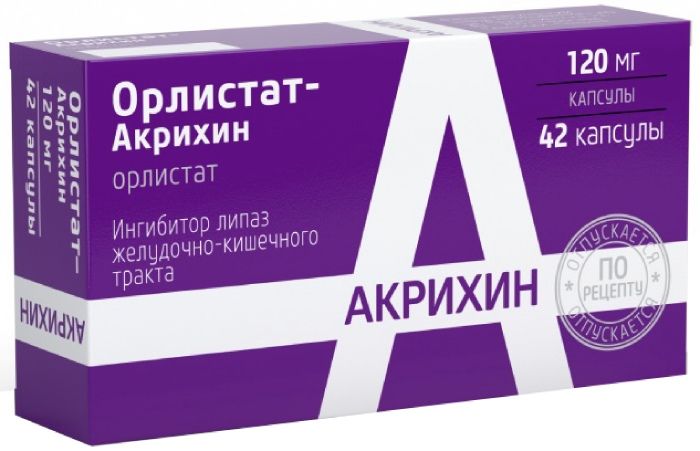
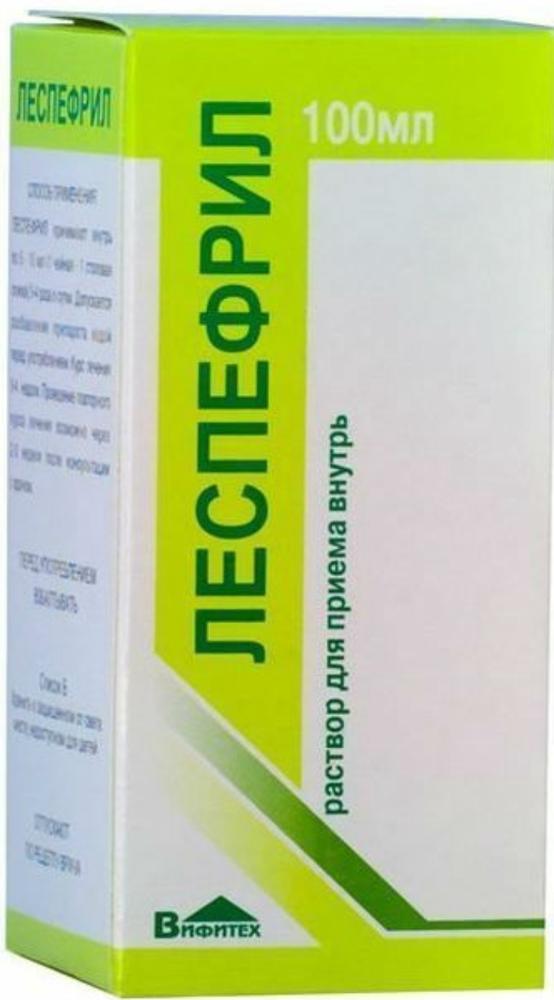

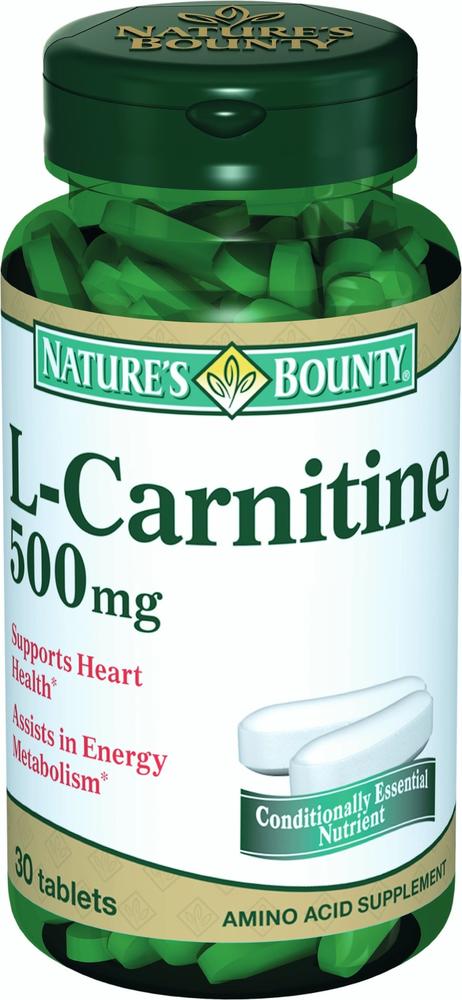


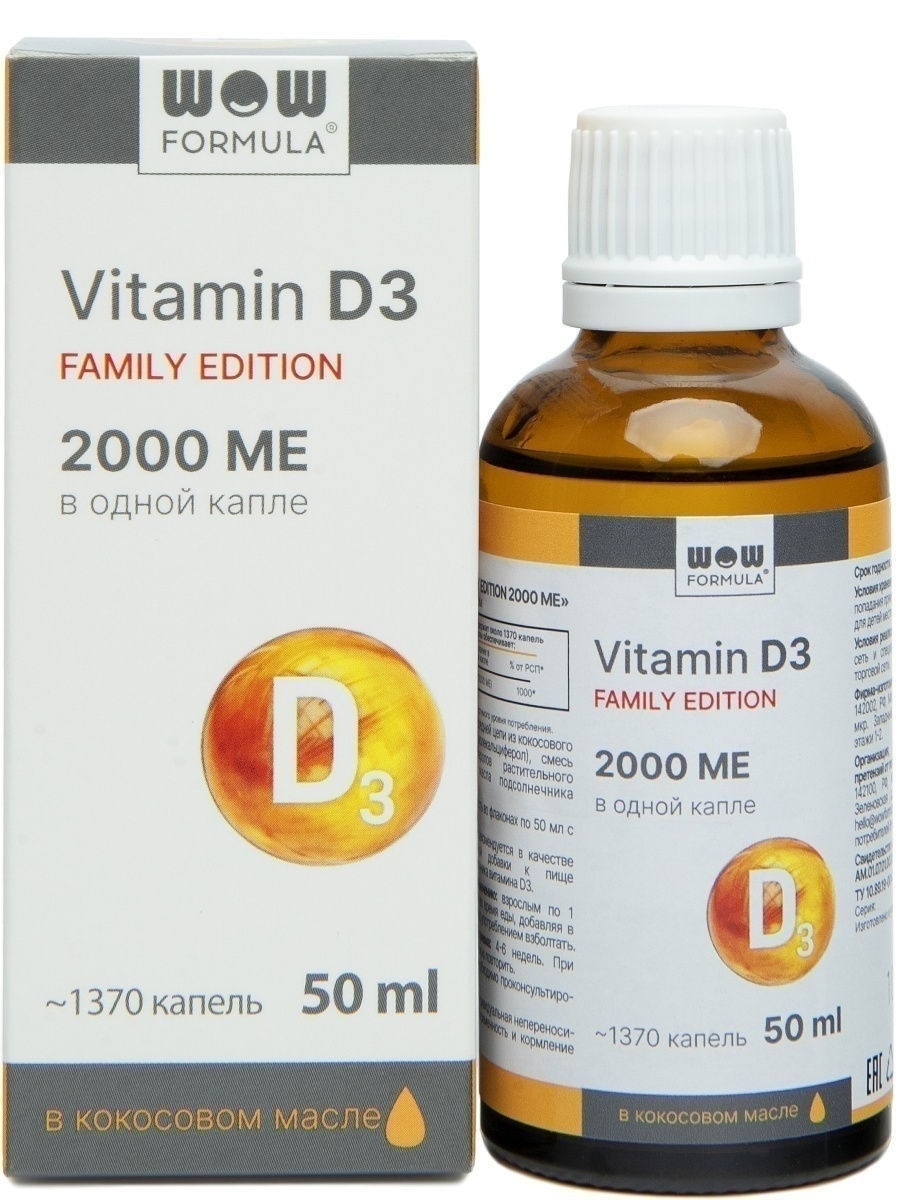
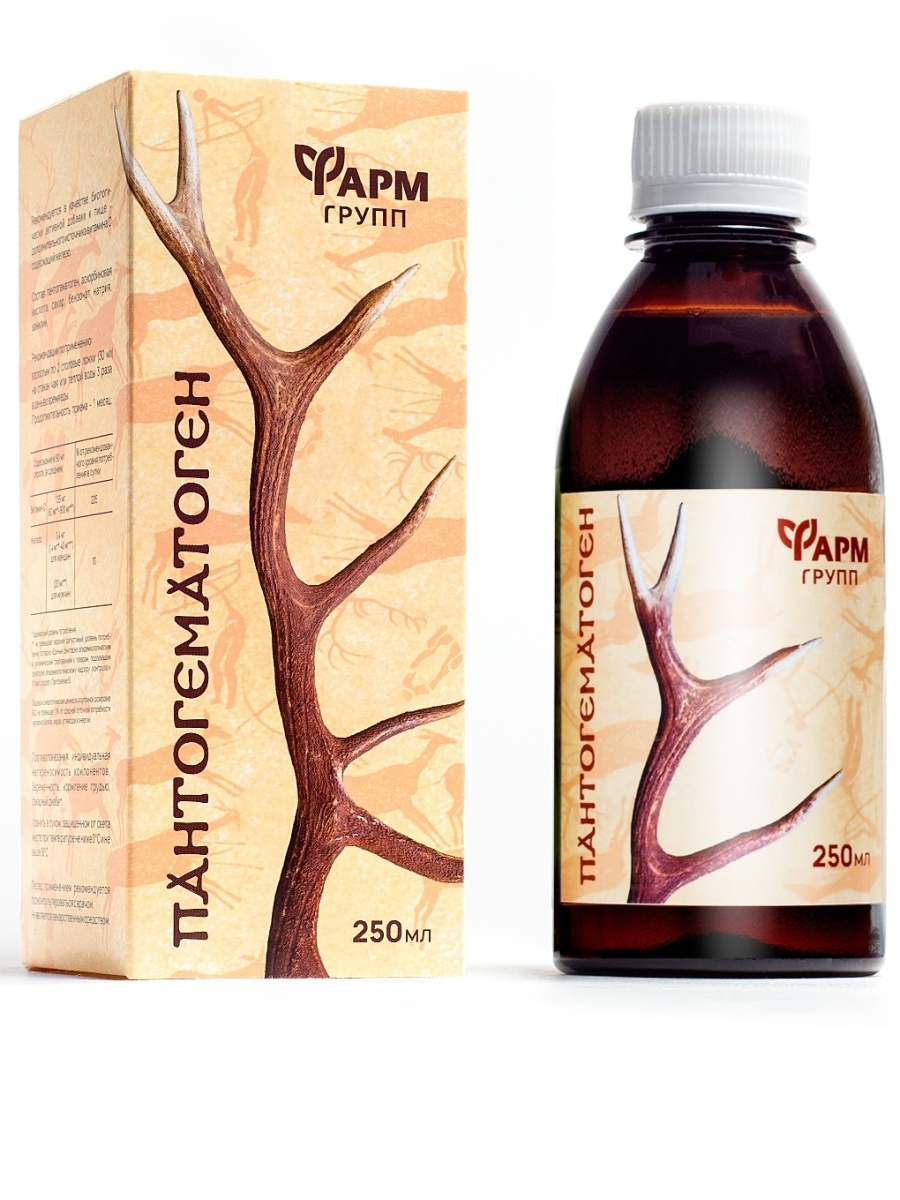





There are no reviews yet.